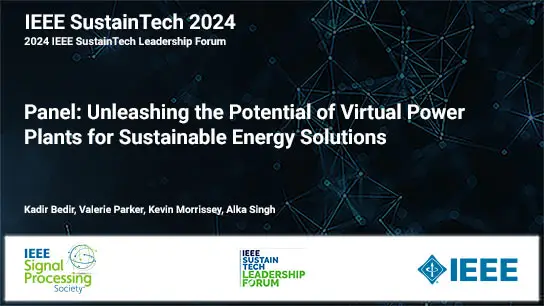The Versatile Video Coding Standard: Application Perspectives
Miska M. Hannuksela
-
Members: FreeSPS
IEEE Members: $11.00
Non-members: $15.00Length: 01:01:32
10 Jun 2021
The Versatile Video Coding (VVC) standard was finalized in 2020. It provides superior compression capability and often reaches about 50 % bit-rate reduction compared to its predecessor, the High Efficiency Video Coding (HEVC). VVC was designed not just to obtain the best possible compression performance but also to be easily adjustable to the needs of the current and emerging video services, including low-delay applications, adaptive bit-rate (ABR) streaming, and immersive video. Applications where the end-to-end delay is important include video conferencing and remote operation of machines, for example. VVC reaches a significantly lower end-to-end latency compared to earlier codecs, thanks to its gradual decoding refresh feature. This feature avoids the necessity of transmitting intra-coded pictures and thus enables matching the encoded video bit-rate with the network throughput at all circumstances. The same video content is encoded at multiple spatial resolutions for ABR streaming over the Internet. The reference picture resampling feature of VVC enables resolution switching in ABR streaming with enhanced compression efficiency, which comes on top of the already superior compression of VVC. A very high bit-rate is typically required in immersive video services, such as streaming of 360° video. The transmitted bit-rate can be reduced when the portion that the user is viewing, i.e. the viewport, is delivered at a higher quality. The subpicture feature of VVC makes viewport-adaptive streaming more straightforward and compression-efficient compared to the use of earlier codecs. This talk explains what makes VVC versatile to different purposes and reviews the usage and benefits of VVC for a range of applications and video content types, including those outlined above.



